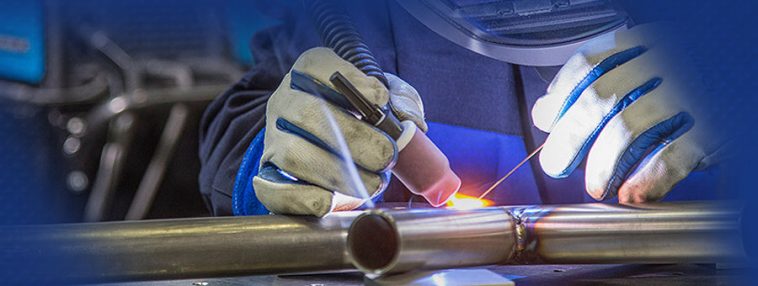
In the world of welding, choosing the right shielding gas can significantly impact the quality and efficiency of your work. Whether you’re a seasoned professional or just starting, understanding the nuances of the TIG welding process and selecting the optimal gas is crucial for achieving the best results. Let’s jump into the essentials of gas tungsten arc welding and explore the various gas options available to enhance your welding performance.
Understanding TIG Welding
TIG welding, or gas tungsten arc welding (GTAW), is renowned for its precision and versatility. This process uses a non-consumable tungsten electrode to produce a weld. It requires skill and an understanding of the right shielding gas recommendations to protect the weld area from contaminants and ensure high-quality joins.
Key Benefits
- Precision: Ideal for welding thin materials.
- Versatility: Suitable for a range of metals, including stainless steel and aluminum.
- Control: Offers welders greater control over the weld pool fluidity.
Choosing the Right Shielding Gas
Selecting the right shielding gas for TIG welding can optimize your results significantly. The primary options include:
Pure Argon
The popular TIG welding gas choice is pure argon. This inert gas provides excellent coverage, reducing oxidation and ensuring a cleaner weld. Its versatility makes it suitable for welding stainless steel, mild steel, and aluminum.
Helium
When higher heat input is necessary, helium for TIG welding can be added to argon. Helium helps increase penetration and fluidity of the weld pool, making it ideal for thicker sections of metal.
Argon-Helium Mix
An argon-helium mix combines the advantages of both gases, enhancing weld quality by adjusting the heat and consistency of the arc.
Essential TIG Welding Applications
- Welding Stainless Steel: Argon excels in welding stainless steel, providing a clean, precise weld free from contaminants.
- Aluminum Welding Gas: Specialized gases can ensure smooth and defect-free welds on aluminum.
- Mild Steel Welding: A reliable process using argon to maintain joint integrity and appearance.
FAQs
What is the best shielding gas for TIG welding?
The pure argon choice remains the top recommendation due to its versatility and ability to produce clean welds on various metals.
Can helium be used in TIG welding?
Yes, helium increases the heat in the weld, improving penetration and is effective when blended with argon for thicker metals.
How do I choose the right gas for my welding project?
Evaluate the metal type, thickness, and desired properties of your weld. Argon is versatile, while helium can be mixed for greater penetration.
Conclusion
Choosing the right shielding gas for TIG welding profoundly influences the quality of your welds. Understanding the properties and advantages of argon gas cylinders and mixtures can help you make informed decisions to enhance your welding techniques and outcomes.


